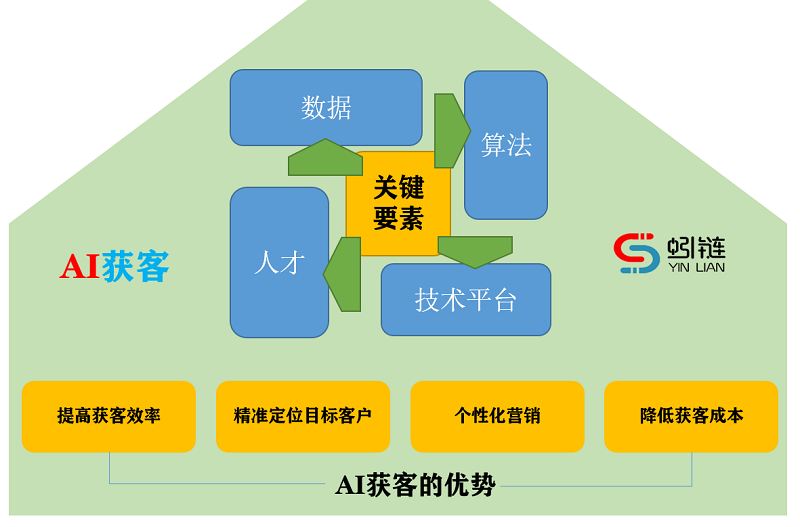文章目录
- 前言
- 代码实现
- 实现效果
- 总结
前言
最近项目有做数据可视化 大屏 不免再次使用些echarts应用 记录下其中echarts雷达图的实现
代码实现
先上代码
<template>
<div class="container">
<div ref="chart" style="width: 500px; height: 500px; margin-top: 20px"></div>
</div>
</template>
<script>
export default {
name: 'testDemo',
data() {
return {};
},
methods: {
initChart() {
this.chart = this.$echarts.init(this.$refs.chart);
const option = {
color: ['#FFC481', '#8EC6F8', '#56D8CD'],
title: {
x: 'center',
y: 'center',
textStyle: {
fontSize: 12,
rich: {
a: {
color: '#0066FF',
fontSize: 18,
align: 'center',
},
b: {
color: '#00BBFF',
fontSize: 12,
height: 16,
align: 'centerc',
},
c: {
color: 'orange',
fontSize: 12,
height: 16,
align: 'center',
},
},
},
},
// 配置图例
legend: {
},
radar: {
indicator: [
{name: '资本背景', max: 100, min: 0, index: 0, axisLabel: {show: true}}, //显示刻度
{name: '知识产权', max: 100, min: 0, index: 1},
{name: '成长性', max: 100, min: 0, index: 2},
{name: '风险状况', max: 100, min: 0, index: 3},
{name: '经营质量', max: 100, min: 0, index: 4},
{name: '企业规模', max: 100, min: 0, index: 5},
],
radius: 80, //大小
startAngle: 120, // 雷达图的旋转偏移量
splitNumber: 5, // 分层5层,当前最大1000,可理解为每层200
triggerEvent: true,
name: {
formatter: (value, indicator) => {
// 获取对应的数值
const valueAtIndex = this.radarData[indicator.index];
return `{a|${value}}: {b|${valueAtIndex}}`; // 显示名称和对应的数值
},
rich: {
a: {
color: '#333',
fontSize: 12,
},
b: {
color: '#333',
fontSize: 12,
},
},
},
},
textStyle: {
color: '#333333',
},
series: [
{
type: 'radar',
areaStyle: {
normal: {
//添加阴影效果的配置部分
color: new this.$echarts.graphic.LinearGradient(0, 0, 0, 1, [
{offset: 0, color: 'rgba(255, 196, 129, 0.8)'},
{offset: 1, color: 'rgba(255, 196, 129, 0.3)'},
]),
opacity: 0.8,
},
},
data: [
{
value: [34,23,34,87,68,67],
},
],
},
],
};
this.chart.setOption(option);
}
},
mounted() {
// 等dom渲染后再初始化图表
this.initChart()
}
};
</script>
<style scoped>
</style>
实现效果

总结
initChart方法中,使用this.$echarts.init来初始化一个ECharts实例,并设置图表的配置项option。这些配置项定义了图表的标题、提示框、雷达图的指标、名称的富文本样式、全局文本样式以及系列列表等。最后,通过this.chart.setOption(option)将配置项应用到图表实例上



















